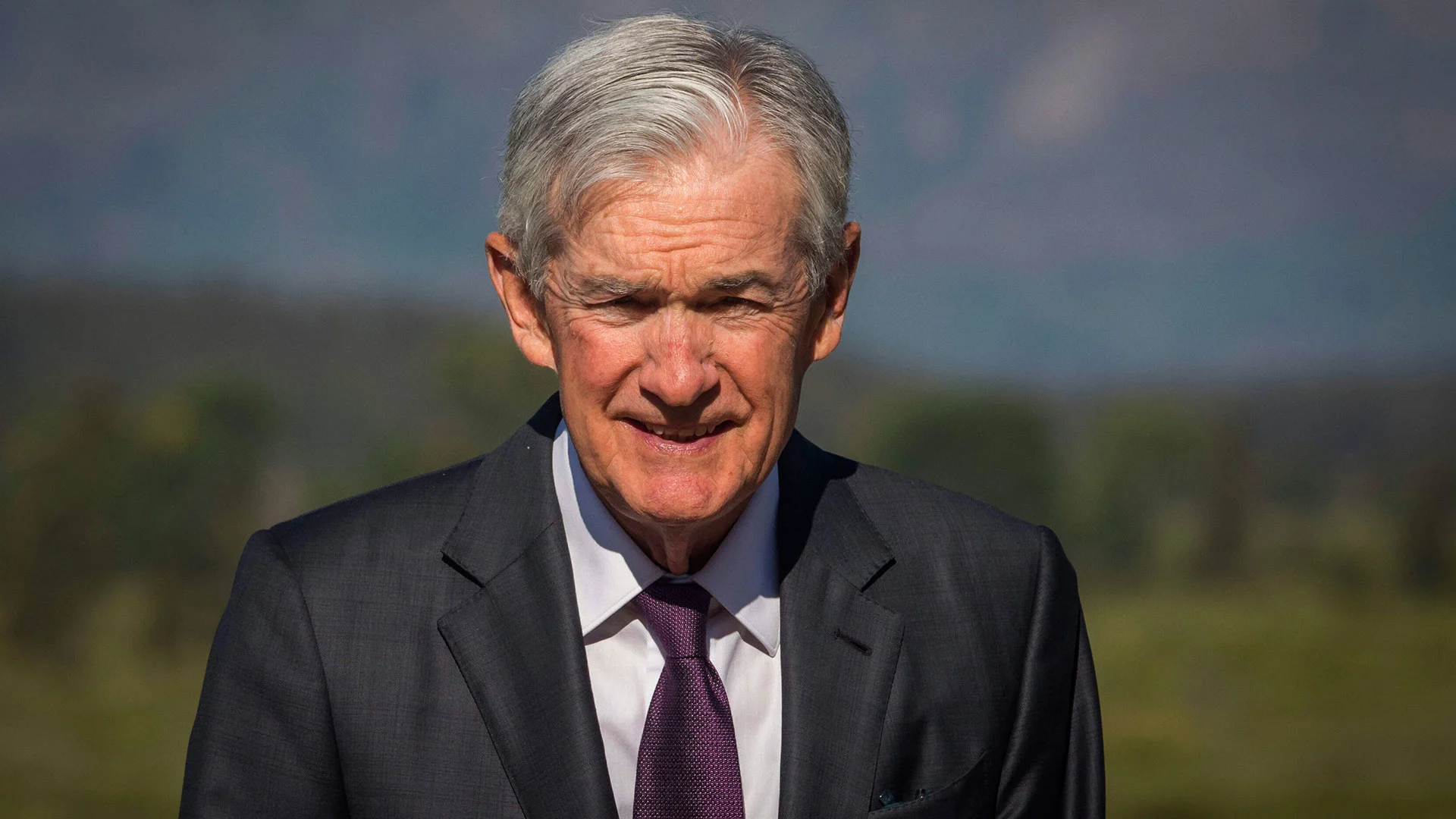
"For months, Powell has largely ignored President Donald Trump's constant hectoring that he reduce borrowing costs. Yet on Friday, in a highly anticipated speech, Powell suggested that the Fed could take such a step as soon as its next meeting in September. It will be a fraught decision for the Fed, which must weigh it against persistent inflation and an economy that could also improve in the second half of this year. Both trends, if they occur, could make a cut look premature."
"Trump has urged Powell to slash rates, arguing there is "no inflation" and saying that a cut would lower the government's interest payments on its $37 trillion in debt. Powell, on the other hand, has suggested that a rate cut is likely for reasons quite different than Trump's: He is worried that the economy is weakening. His remarks on Friday at an economic symposium in Grand Teton National Park in Wyoming also indicated that the Fed will move carefully and cut rates at a much slower pace than Trump wants."
"Powell pointed to economic growth that "has slowed notably in the first half of this year," to an annual rate of 1.2%, down from 2.5% last year. There has also been a "marked slowing" in the demand for workers, he added, which threatens to raise unemployment. Still, Powell said that tariffs have started to lift the price of goods and could continue to push inflation higher, a possibility Fed officials will closely monitor and that will make them cautious about additional rate cuts."
Jerome Powell indicated the Federal Reserve could cut its key short-term interest rate as soon as the September meeting. The Fed must balance that option against persistent inflationary pressure and the possibility of economic improvement in the second half of the year. Economic growth slowed to an annual rate of 1.2% in the first half, and hiring demand has markedly slowed, risking higher unemployment. Tariffs have begun to lift goods prices and could push inflation higher, prompting caution. The current fed funds rate is 4.3%, while President Trump has repeatedly urged much deeper cuts.
Read at Fast Company
Unable to calculate read time
Collection
[
|
...
]